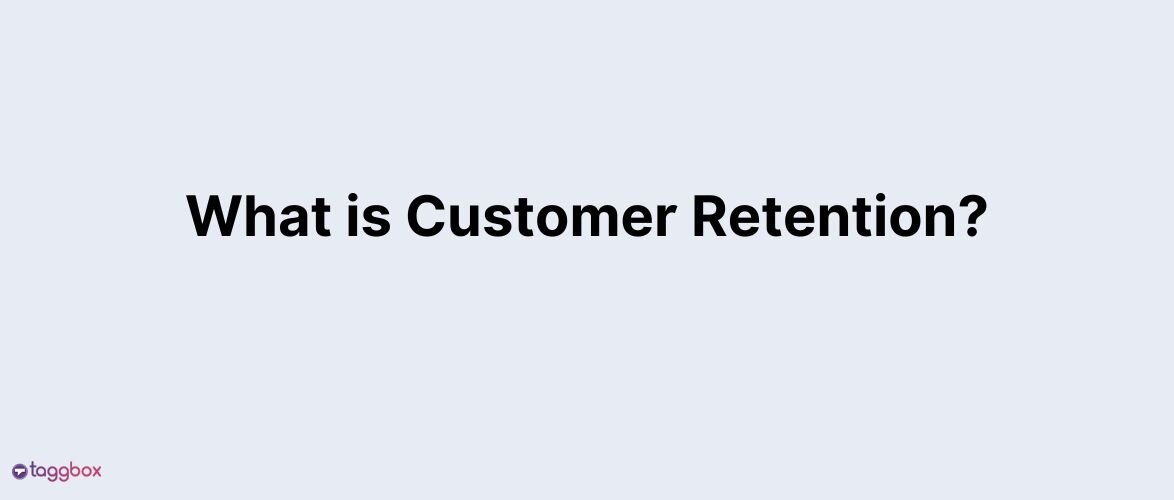YouTube UGC: Why User-Generated Videos Outperform Brand Ads
YouTube has quietly become the world’s most trusted product discovery engine. Before buying anything, people search for reviews, unboxings, comparisons, and authentic experiences, and that’s precisely why YouTube UGC has exploded. Viewers no longer want polished ads; they want to see how a product works in real life, from someone who actually uses it. This…























